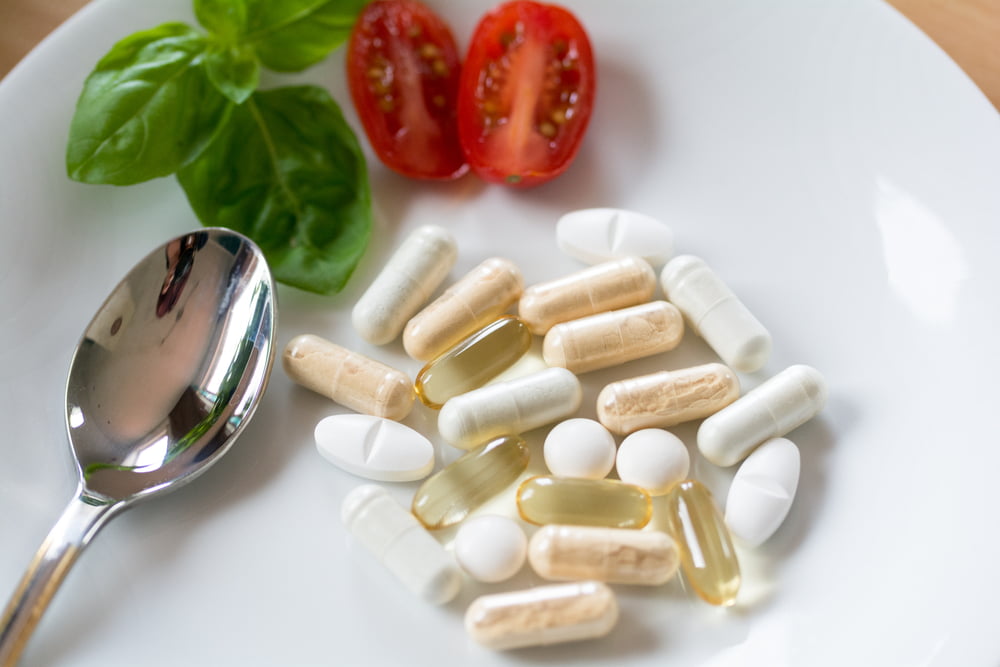Why Vitamin D Is Back in the Spotlight
As daylight dwindles in winter, our natural vitamin D production drops—just as interest in immune support has surged since COVID-19. While we often emphasize the widespread shortfall of omega-3s EPA and DHA, vitamin D insufficiency is similarly common, and the pandemic prompted many people to reassess their health routines, exercise more, and reengage with supplements.
What People Are Doing—and Why
A recent multi-country survey found two-thirds of consumers worry they’re not getting enough vitamin D, with concern highest among younger adults. That tracks with broader behavior shifts: more people report using supplements for immune support, with vitamin C, multivitamins, and vitamin D leading the way. Government guidance also matters; where official recommendations exist, interest and product launches tend to rise.
Vitamin D and COVID-19: What the Science Signals
An observational study from Spain reported that most hospitalized COVID-19 patients were vitamin-D-deficient and that lower vitamin D correlated with higher inflammatory markers and longer hospital stays. While this does not prove causation, it reinforces a plausible role for vitamin D in immune regulation and supports screening and correcting deficiencies—especially in older adults, those with comorbidities, and residents of long-term care.
A Closer Look at Nutrient Gaps in U.S. Veterans
Frontline coaching with disabled veterans highlights a common pattern: heavy reliance on ultra-processed foods, multiple symptom-targeting medications, and infrequent nutrition testing. When veterans did obtain labs, low vitamin D and low omega-3 status were frequent findings, often alongside high omega-6:omega-3 ratios. Education, basic dietary upgrades, and targeted supplementation—within budget realities—made meaningful differences in energy, mood, weight, and resilience.
Omega-3 Status and Mental Health: A Military Lens
Analyses of U.S. military blood banks suggest omega-3 status may relate to mental-health outcomes. In a case-control study of male soldiers, those with higher DHA (estimated Omega-3 Index near 6%) had lower suicide risk than those with very low levels (~2.7%). While observational, the stepwise pattern underscores a simple, actionable idea: improving omega-3 status could be part of comprehensive mental-health support.
Practical Takeaways for Winter and Beyond
Mind the D
If sun exposure is limited, consider checking a 25-OH vitamin D blood test. Many people need supplementation in winter to maintain healthy levels. Taking vitamin D with a meal that contains fat can improve absorption.
Don’t Forget Omega-3s
EPA and DHA support heart, brain, eye, and immune health. Because diet, genetics, and absorption vary, measuring your Omega-3 Index gives a clear starting point. Aim for ~8% EPA+DHA in red blood cells and adjust intake (fatty fish and/or supplements) until you get there.
Pair Nutrition With Lifestyle
Stable routines—whole-food eating, regular movement, sleep, hydration, and strong social ties—amplify the benefits of correcting nutrient gaps. For those on tight budgets, prioritize canned oily fish (like salmon or sardines), eggs, fortified foods, and cost-effective vitamin D and omega-3 options.
The Bottom Line
Winter reliably lowers vitamin D synthesis, and many people already fall short on omega-3s. The pandemic didn’t change human biology—but it did highlight how essential these nutrients are to feeling and functioning well. Test when you can, personalize your plan, and use simple, sustainable habits to keep your vitamin D and omega-3s in a healthy range.




